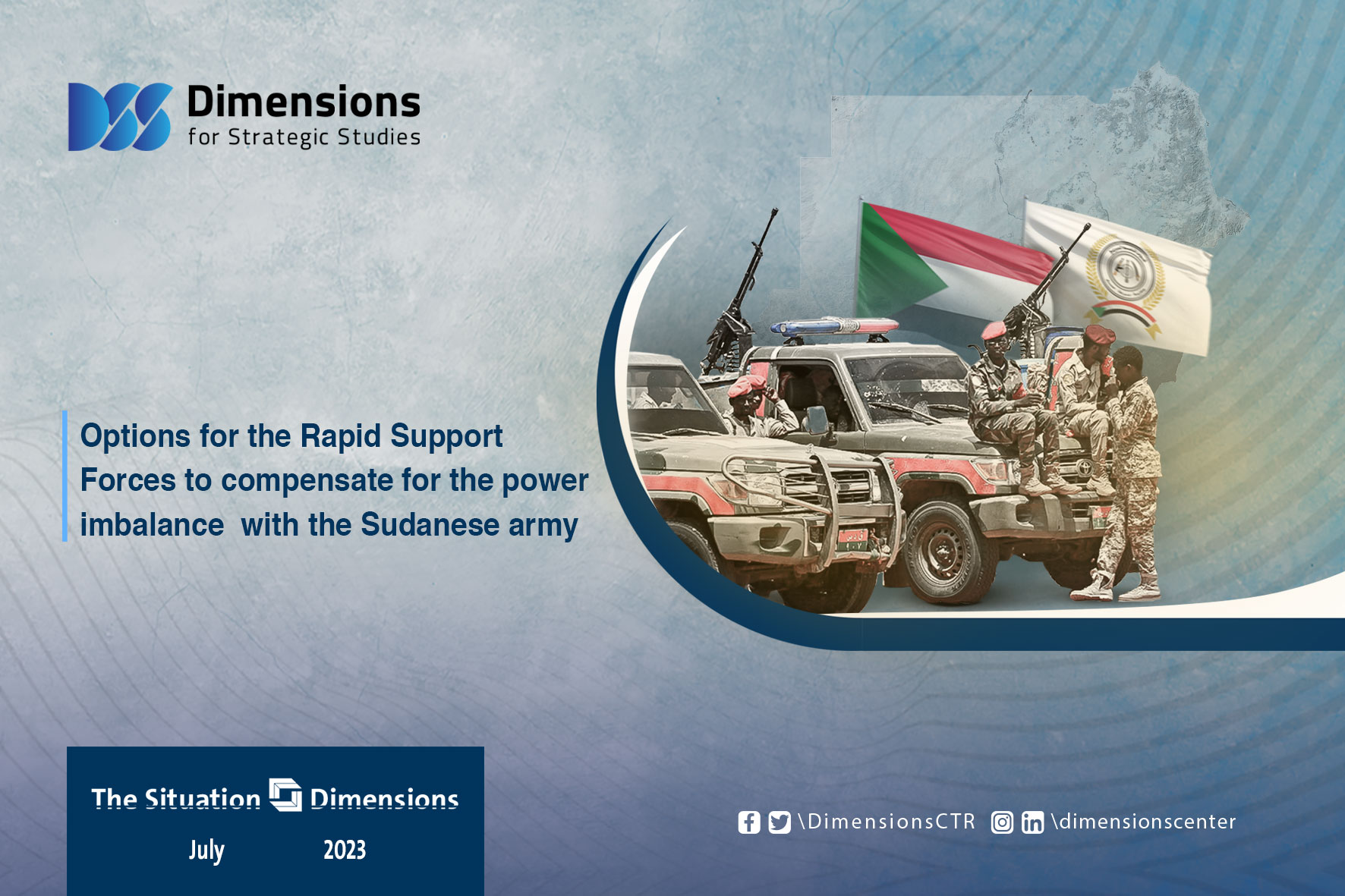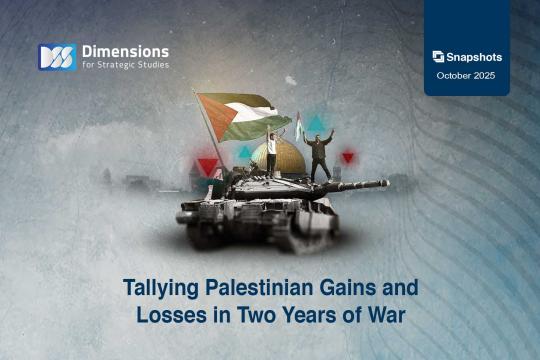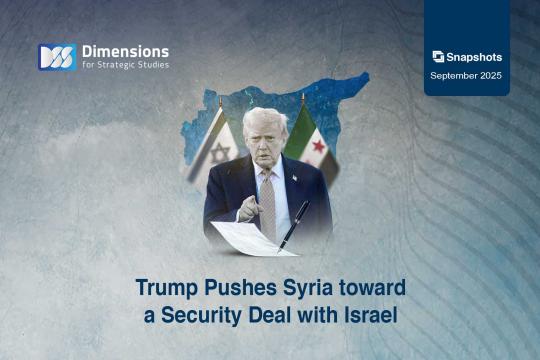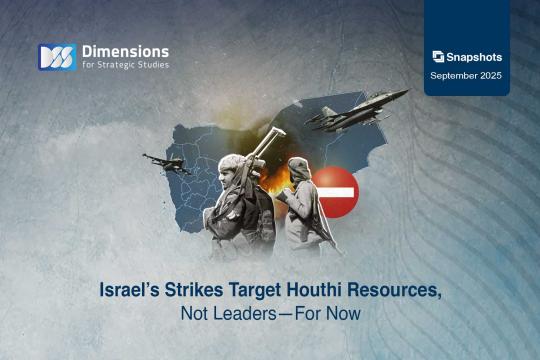
Options for the Rapid Support Forces to compensate for the power imbalance with the Sudanese army
2023-07-031887 view
The Rapid Support Forces, led by Muhammad Hamdan Dagalo, have shown an ability to adapt to the confrontations taking place between them and the Sudanese army led by Abdel Fattah Burhan since April / April 2023. Such a situation suggests that they rely on specific military and field options to compensate for the power imbalance between them and the army.
The Rapid Support Forces were officially established in August 2013 to fight the rebellion in Darfur, and turned into a military force parallel to the Sudanese army. It endeavoured to consolidate its independence by amending the Rapid Forces law in July 2019 by deleting an article in the law that subjects the Forces to the Sudanese armed forces law. In addition to their own budget, the Forces benefited from the exploitation of gold mines in Darfur to increase their financial abundance.
The Rapid Support Forces resort to a set of measures to compensate for the power difference it faces with the Sudanese army; most notably:
• Utilising light weapons and medium ones carried on vehicles in order to wage a flexible and rapid war of attrition against the Sudanese army without resorting to geographical acquisition. This is due to the lack of a parallel air force or air defense system with the Rapid Support Forces, especially since these Forces were originally established to confront a rebellion more like guerrilla warfare in southern Sudan.
• The Rapid Support Forces are trying - in the context of providing the necessary resources for confrontations - to control military and logistical bases belonging to the Sudanese army, such as the Buram base in the Darfur region, where the Sudanese army has a military manufacturing facility that produces ammunition and armoured vehicles and assembles and develops drones. On June 14, the Rapid Support Forces announced the control of the Yarmouk complex, which is considered one of the largest complexes for military industries in Sudan.
• Dependence on the supply of ammunition and weapons across the border, especially across the borders with Libya and Chad, where the Rapid Support Forces buy these weapons from the black market or obtain them from actors in Libya. The Rapid Support Forces have great experience in smuggling and cross-border work, in addition to their cross-border tribal extensions and entanglements.
• Avoid controlling entire geographical areas, so that these areas are not targeted by air forces or siege weapons, and to reduce the administrative and organisational burdens on the Rapid Support Forces.
• Attracting officers working in the army through financial inducement, at a time when the army is suffering from financial difficulties that limit its ability to even pay salaries to its members. This was reflected in the Rapid Support Forces being able to learn about the army's plans and movements, and to carry out effective attacks on vital institutions, such as the attack on the armoured corps of the Sudanese army on June 13, 2023, and the attack on Khartoum Airport and the largest airport in the city of Meroe in Sudan.
• The use of drones with their ability to cause the greatest damage, at the lowest cost.
In conclusion, there is a big difference in the size of the equipment and the number of personnel between the Sudanese army and the Rapid Support Forces; however, this did not help the army in resolving the battle, or even disturbing the balance between the two parties, as the formation of the Rapid Support Forces and their previous experience gave them great flexibility in moving between and within cities. Moreover, the Rapid Support Forces' cross-border relations, whether with tribes in neighboring countries or with political and military actors outside, helped them secure supplies of arms, ammunition and logistical support.
The Rapid Support Forces' great material capabilities have also helped them build networks of information sources within Sudanese cities, providing them with intelligence capabilities that enable them to confront army attacks.
In general, although the battle was described in the media and politically as a battle between two armies, it has become closer to guerrilla warfare, which limits the army's ability to resolve it, even if the power differences between the two sides are large.





